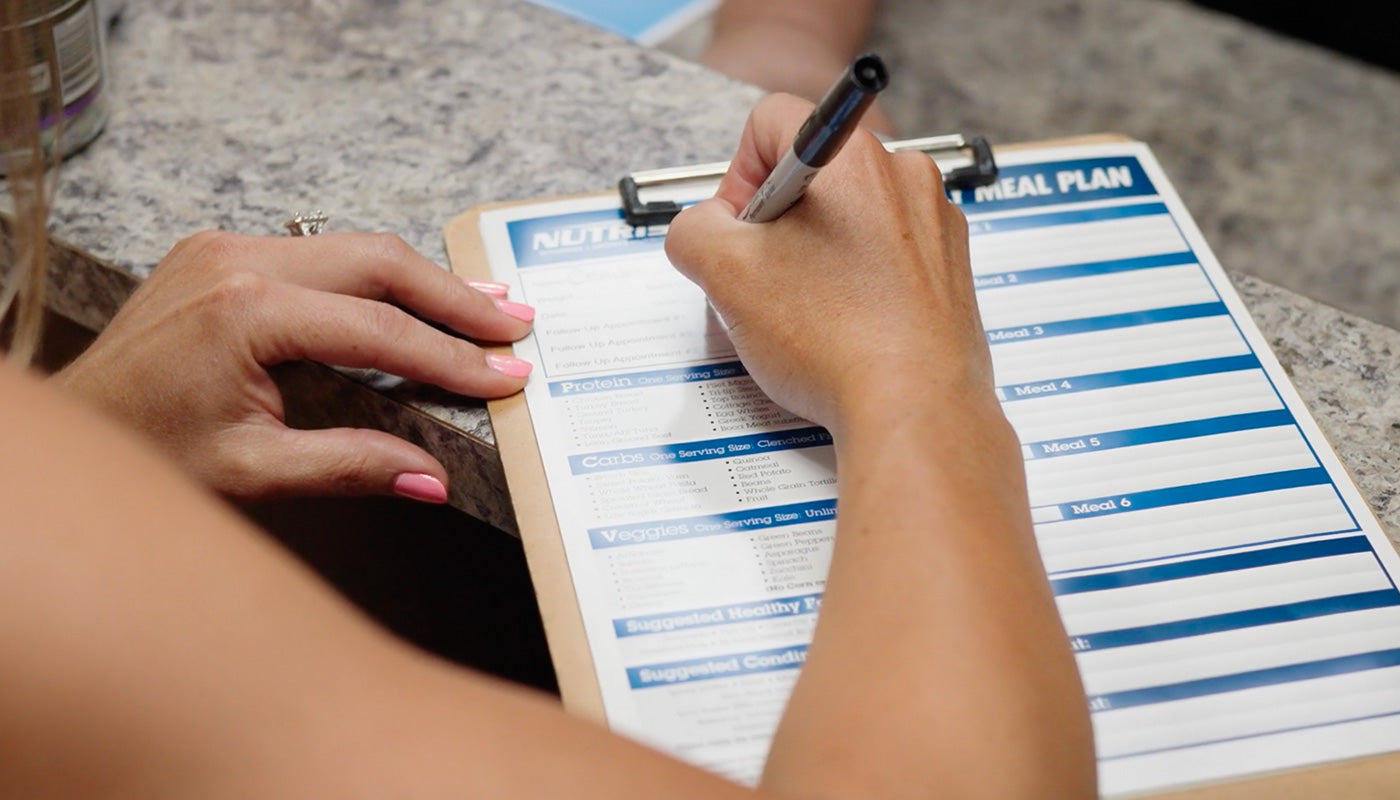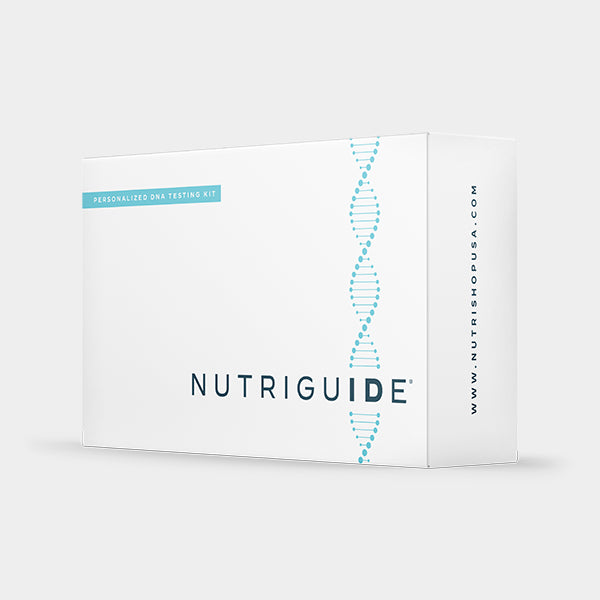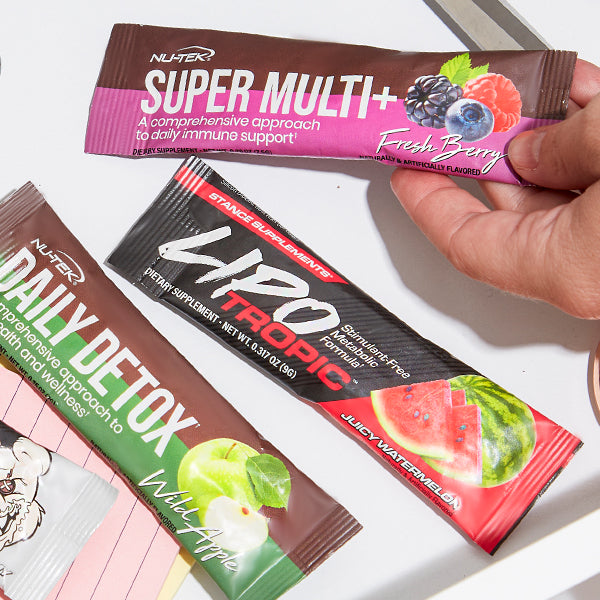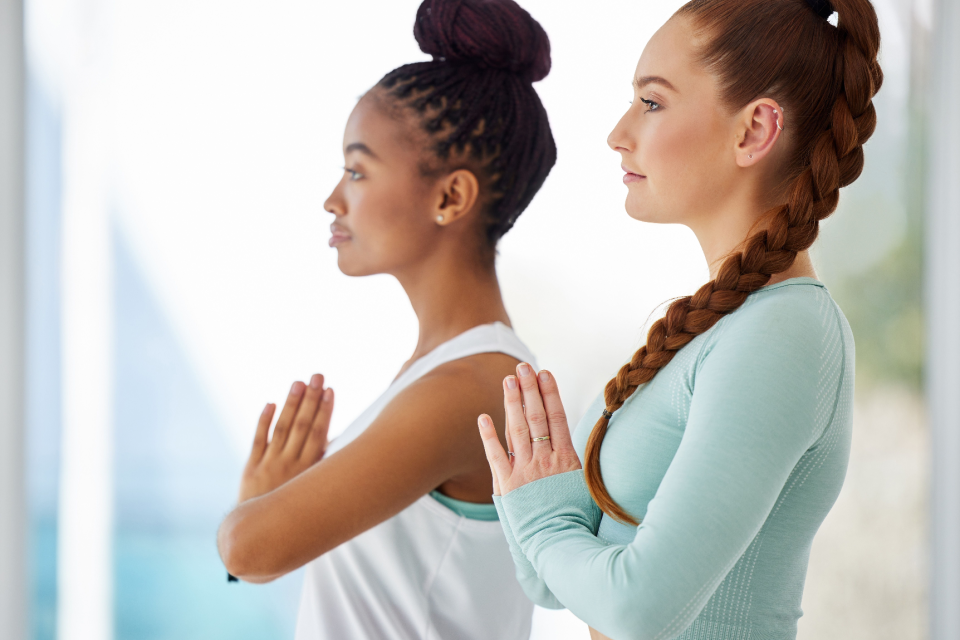When it comes to building a strong, balanced physique, the glutes often take center stage. Not only do well-developed glutes contribute to an aesthetically pleasing body, but they also play an instrumental role in overall strength, stability, and injury prevention. Whether you’re an athlete looking to improve performance or someone aiming to enhance your physique, understanding the importance of your glutes and how to train them effectively is key.

Understanding the Glutes
The glutes are a group of three muscles: the gluteus maximus, gluteus medius, and gluteus minimus. Each of these muscles plays a specific role in the movement and stability of your lower body.
Gluteus maximus: This is the largest and most superficial of the three muscles. It’s responsible for the extension, external rotation, and abduction of the hip and is used for explosive movements like sprinting, jumping, and heavy lifting.
Gluteus Medius: Positioned on the outer surface of the pelvis, the gluteus medius is responsible for hip abduction and rotation. It also stabilizes the pelvis during activities like walking and running, helping to prevent the hips from swaying.
Gluteus Minimus: The smallest of the three, this muscle lies beneath the gluteus medius and assists with similar functions, including hip abduction and internal rotation. It also stabilizes the pelvis.
Why Strong Glutes Are Important
Having strong glutes is more than just a fitness trend. It is important for a number of reasons.
1. Improved Athletic Performance: Powerful glutes enhance your ability to sprint faster, jump higher, and lift heavier. They’re the driving force behind many athletic movements.
2. Injury Prevention: Weak or underactive glutes can lead to compensatory movements that increase the risk of injuries, particularly in the lower back, knees, and hips.
3. Posture and Stability: The glutes help maintain proper pelvic alignment, contributing to better posture and reducing the likelihood of developing imbalances that can lead to pain and dysfunction.
4. Daily Functionality: From climbing stairs to lifting heavy objects, your glutes are involved in nearly every movement you perform daily.
6 Exercises for Stronger Glutes
To maximize your glute development, incorporate the following exercises into your routine. These moves target all three glute muscles, ensuring a well-rounded workout. Perform 3 to 4 sets of each exercise, with 8 to 12 repetitions per set. This rep range is effective for building both strength and muscle size (hypertrophy), making it ideal for those looking to maximize their glute gains.
1. Glute Bridges (Focus: Gluteus Maximus)

How-To:
- Lie on your back with your knees bent and feet flat on the floor (band is optional).
- Press through your heels to lift your hips towards the ceiling, squeezing your glutes at the top.
- Lower back down and repeat.
Tip: Add a resistance band around your knees to increase the intensity and activation of the gluteus medius.
2. Lunge with a Kettlebell (Focus: Gluteus Maximus, Gluteus Medius, Quadriceps)

How-To:
- Stand with feet hip-width apart, holding a kettlebell in your right hand at your side.
- Step your left leg back, lowering into a lunge until both knees are bent at approximately 90 degrees.
- Keep your chest up, shoulders back, and your front knee aligned over your ankle.
- Press through the heel of your front foot to return to the starting position.
Tip: Maintain an upright torso and engage your core for balance. Switch sides to ensure balanced development.
3. Donkey Kicks with Band (Focus: Gluteus Maximus, Gluteus Medius)

How-To:
- Start on all fours with a resistance band looped around your thighs, just above your knees.
- Keeping your core engaged and your back flat, lift one leg, bent at 90 degrees, and press your foot toward the ceiling.
- Squeeze your glutes at the top, then lower your leg back down without touching the floor.
- Repeat on the other side.
Tip: Focus on controlled movements and keeping your hips square to avoid using momentum. The resistance band adds extra tension for more glute activation.
4. Deadlifts (Focus: Gluteus Maximus)

How-To:
- Stand with your feet hip-width apart, holding a kettlebell in front of your thighs.
- Hinge at the hips, lowering the kettlebell down your legs while keeping your back flat.
- Engage your glutes to return to standing.
Tip: Focus on pushing your hips forward as you lift to fully engage the glutes.
5. Lateral Band Side Steps (Focus: Gluteus Medius, Gluteus Minimus)

How-To:
- Place a resistance band around your thighs just above your knees.
- Bend your knees slightly and step laterally, maintaining tension in the band.
- Continue stepping side to side.
Tip: Keep your steps controlled and ensure your knees are tracking over your toes to maximize glute engagement.
6. Step-Ups (Focus: Gluteus Maximus, Gluteus Medius)
(not pictured)
How-To:
- Stand in front of a bench or sturdy platform.
- Place one foot on the platform and drive through your heel to step up, bringing your other foot up to meet it.
- Step back down and repeat on the other side.
Tip: Use a higher platform to increase the range of motion and glute activation.
4 Training Tips for Optimal Glute Development

- Prioritize Mind-Muscle Connection: Focus on engaging your glutes during every exercise. Visualization can help ensure you’re using the correct muscles rather than relying on other muscle groups like your quads or lower back.
- Incorporate Progressive Overload: Continuously challenge your glutes by gradually increasing the weight, reps, or resistance over time. This principle is key for building muscle strength and size.
- Don’t Skip Single-Leg Exercises: Incorporating unilateral (single-leg) exercises like Bulgarian split squats and step-ups ensures balanced glute development and addresses any imbalances between sides.
- Vary Your Routine: Change up your exercises and the order in which you perform them to keep your muscles guessing and prevent plateaus.
Glute Recovery and Maintenance
Just as important as training is allowing your glutes adequate time to recover. Overtraining can lead to muscle fatigue, increased injury risk, and hindered progress.
Rest Days: Give your glutes at least 48 hours between intense training sessions to recover and grow.
Stretching and Mobility Work: Incorporate stretching and mobility exercises regularly for the hips and lower back to prevent tightness and maintain flexibility.
Nutrition: Support your training with a protein-rich diet to aid in muscle repair and growth, alongside complex carbohydrates and healthy fats for sustained energy.
Conclusion
Maximizing your glutes is about more than just aesthetics. Strong glutes enhance your athletic performance, protect against injury, and improve overall functionality. By incorporating a variety of exercises, focusing on proper technique, and prioritizing recovery, you’ll be well on your way to building stronger, more powerful glutes. Whether you’re hitting the gym or training at home, these strategies will help you achieve your goals.






